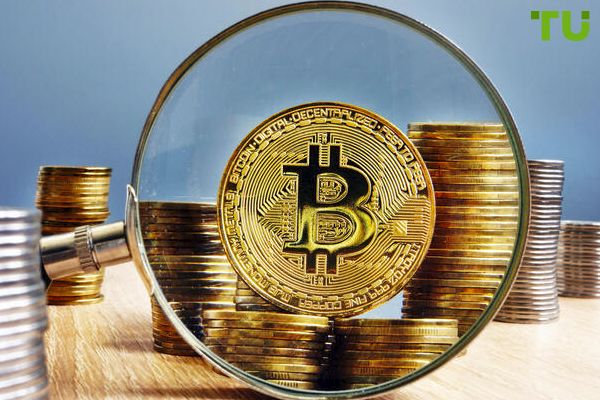Halving has come: What changes await crypto investors?
 Halving has come: What changes await crypto investors?
Halving has come: What changes await crypto investors?
In the early morning of April 20, the most exciting event of the year took place, which all members of the crypto community were eagerly and anxiously awaiting.
Bitcoin successfully passed the fourth halving event in its history after the release of the 840,000th block, the moment after which the reward for mining was halved again. Bitcoin miners will now receive 3.125 BTC per mined block, down from the previous 6.25 BTC, according to Coindesk.
The main purpose of halving Bitcoins is to manage scarcity and regulate the inflationary supply of Bitcoins. The mechanism was built into the code of Bitcoin's pseudonymous founder, Satoshi Nakamoto. Such a system would work until about 2140, when all Bitcoins would have been mined.
Now, crypto investors are eagerly waiting to see what happens next with the price of Bitcoin. Historically, a halving has been followed by a spike in the price of Bitcoin. The fewer new BTCs are mined, the more valuable the existing ones become, and the higher the demand for them. This time, however, the outlook is bleak.
Some market experts say that the halving is already priced into the BTC, so the immediate impact may be muted. Other predictions are as high as $250,000 and even $1 million.
Although the price of Bitcoin remained stable above $63,000 immediately after the halving event, experts noted one important point: Bitcoin transaction fees have skyrocketed. This was due to the introduction of a new protocol called Runes, which led to a flurry of transactions as users rushed to mint digital tokens on the blockchain.
Assessing the fees users pay to include transactions in blocks, there is intense competition among users to issue new Runes: a fee of $2.4 million for a block that was split in half, compared to $40,000 to $60,000 for a more typical block before it was split in half. Fees for several subsequent blocks also totaled more than $1 million.
Bitcoin transaction fees indicate how many satoshis (the smallest unit of Bitcoin) you pay for each byte of data in your transaction. This metric currently stands at 1,805 sats/byte. For comparison, before April 19th, this fee was closer to 100 sats/byte.
For the average user, this means that medium-priority transactions cost $146 and high-priority transactions cost around $170.
Bitcoin developer Jimmy Song, who attended a live halving party organized by Tone Vays, said: "We've never had anything like this in the history of Bitcoin. We're charging the network in a different way, in a way we've never done before."
At the time of writing, the value of the main cryptocurrency was $64,101, so the change over the day showed +2%.
Read also: Bitget opened registration for Season 2 of the TraderPro contest













































































































































